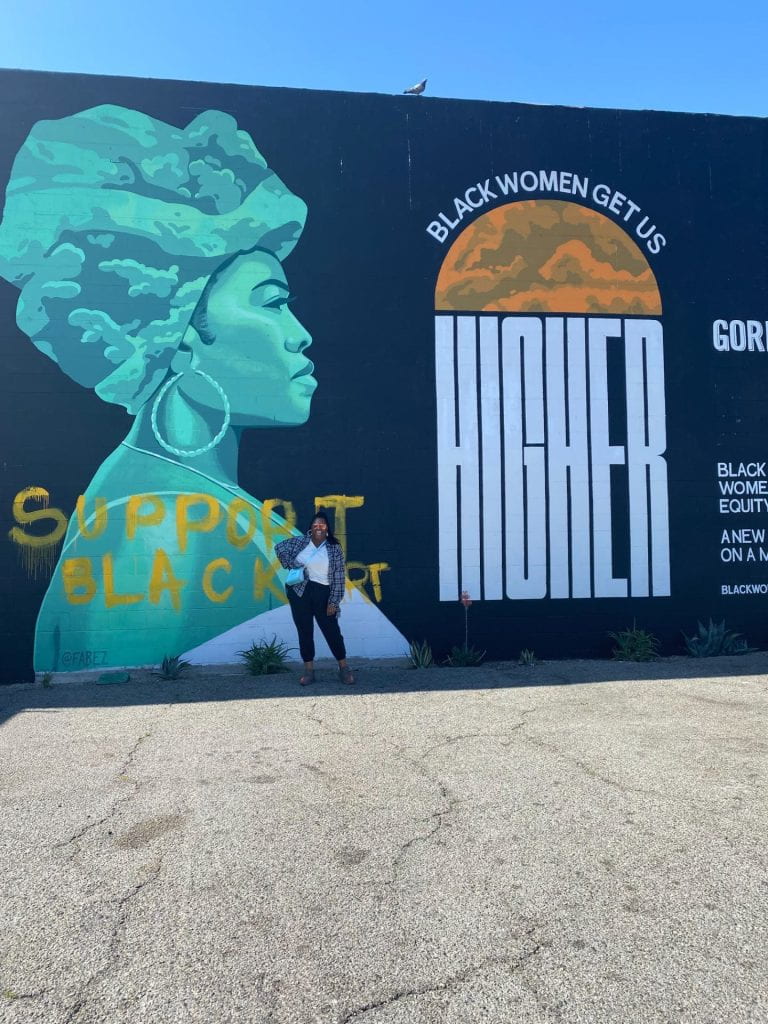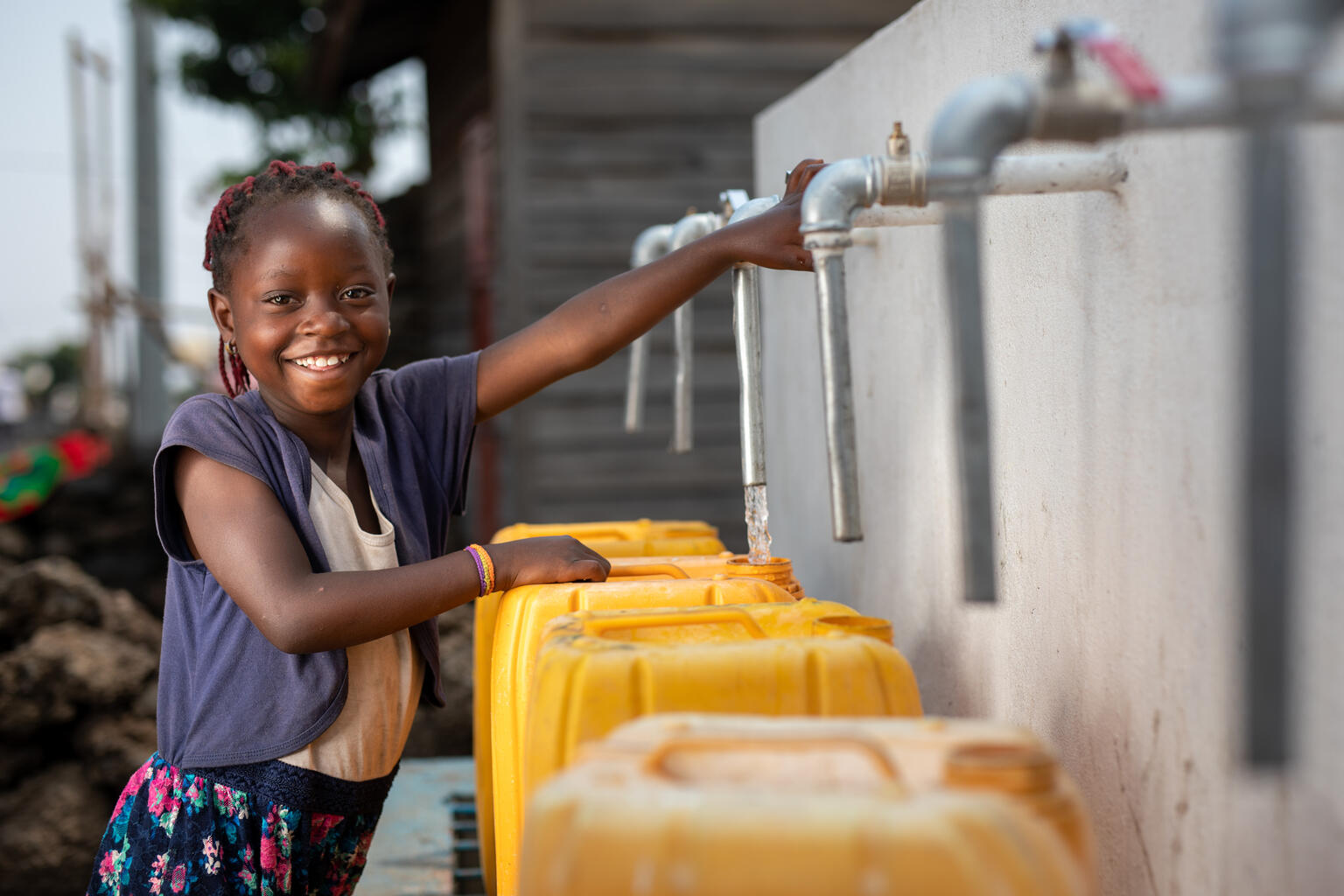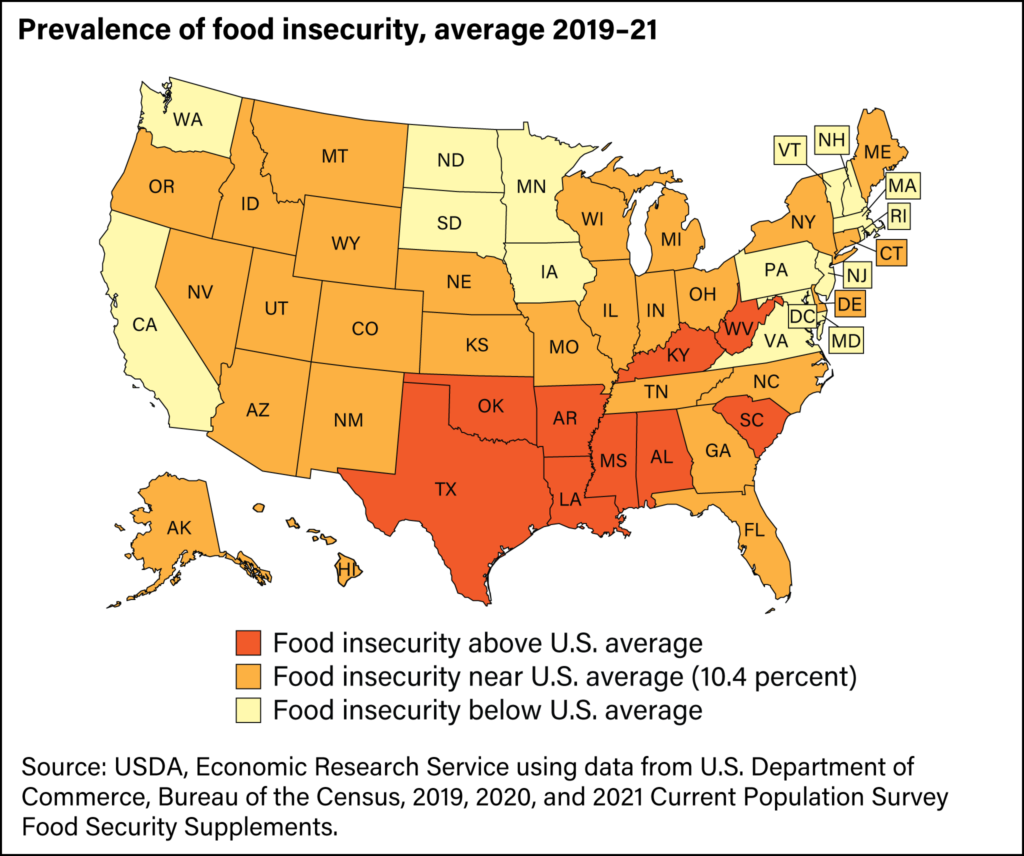In my choice of praxis I decided that I would shop local and at small minority run businesses, in particular a local Black grocery store. At the time of my choosing I knew and had laid a foundation as to why this was an important option to display my own ecofeminist social justice praxis. In the beginning stages of my own thoughts on this I know capitalist practices serve as the main form of dominion over the environment so it was important to me to serve as a direct actor that would attempt to course correct this power that patriarchy and capitalism have or those under them in a social hierarchy . As multiple scholars attested to, capitalism serves as a form of domination over women and nature, ecofeminist “Shiva also published, with Maria Mies, a German, Marxist sociologist, Ecofeminism: Reconnecting a Divided World (1993). In this book the authors connect the capitalist-patriarchal economic system with the oppression of women in both the northern and southern hemispheres” (Hobgood Oster page 7). With that being said my main goal in my social justice praxis was to consciously spend my dollars with smaller local shops /businesses to potentially drive economic attraction to them as we know from activists like Shiva, women and marginalized peoples endure hard economic realities as compared to their male counterparts.

My belief for where I could do the most good was intrinsically rooted in consciously spending my own dollars. For the marginalized people who are affected by harsh individualism, I thought how could I be in community but also shift the monetary dominance dynamic into the hands of the marginalized. This Black owned grocery’s store, which sources a lot of their produce from local and ethical means, seemed like a great place to divert my funds. I hope that through my own personal awakening with this ecofeminist practice, that more attention and thus people’s pockets will come to shop small and local more and more.
From visiting Bumpys’ over the course of my praxis I learned that Bumpys’ Natural andOrganic Foods Store got its name from the owner, Derryl “Bumpy” Gibbs. Bumpy, the owner, struggled most of his life with severe allergies and had to switch to a vegan plant based diet in his early adult life. Bumpy, who I met one afternoon in his grocery store, was very welcoming and actually took it upon himself to chat and walk around the store with me for a bit while I told him about my school assignment but the larger picture, he listened while I spoke about my intentions for shopping to support small local shops in the community. He agreed and said that based on location he was excited to be a pillar of wellness and connection through ethically sourced food for the people of Springfield, Ma.
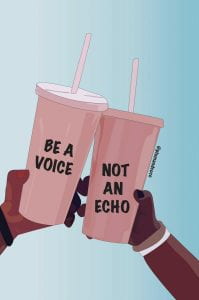
What I also appreciated very much is that all of the workers in the shop were women too. I have included a picture from an article on Bumpy’s where there are two women who work in the grocery store. I did find that buying entirely organic is more expensive per grocery trip, but I was still finding why to cut the costs a bit. What I found by visiting Bumpy’s over the course of this assignment is that Bumpys’ is a source of good for the plant, people, and place. They compost their food straps from their juice bar, take a percentage off your purchase when you bring your own reusable bags, and have a section dedicated to Black owned food brands. I do feel as though this plan was successful, however tangible economic results will have to be achieved with more time, people and attraction to shopping smaller. I would love to continue going there regularly, having great conversations with the owner about the traffic into the store. I plan to continue to visit, bring food straps and be a patron at the Bumpy’s and any other stores and entities that align with supporting these communities.
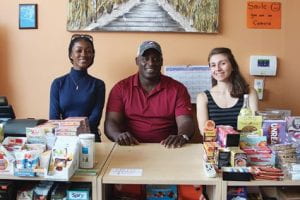
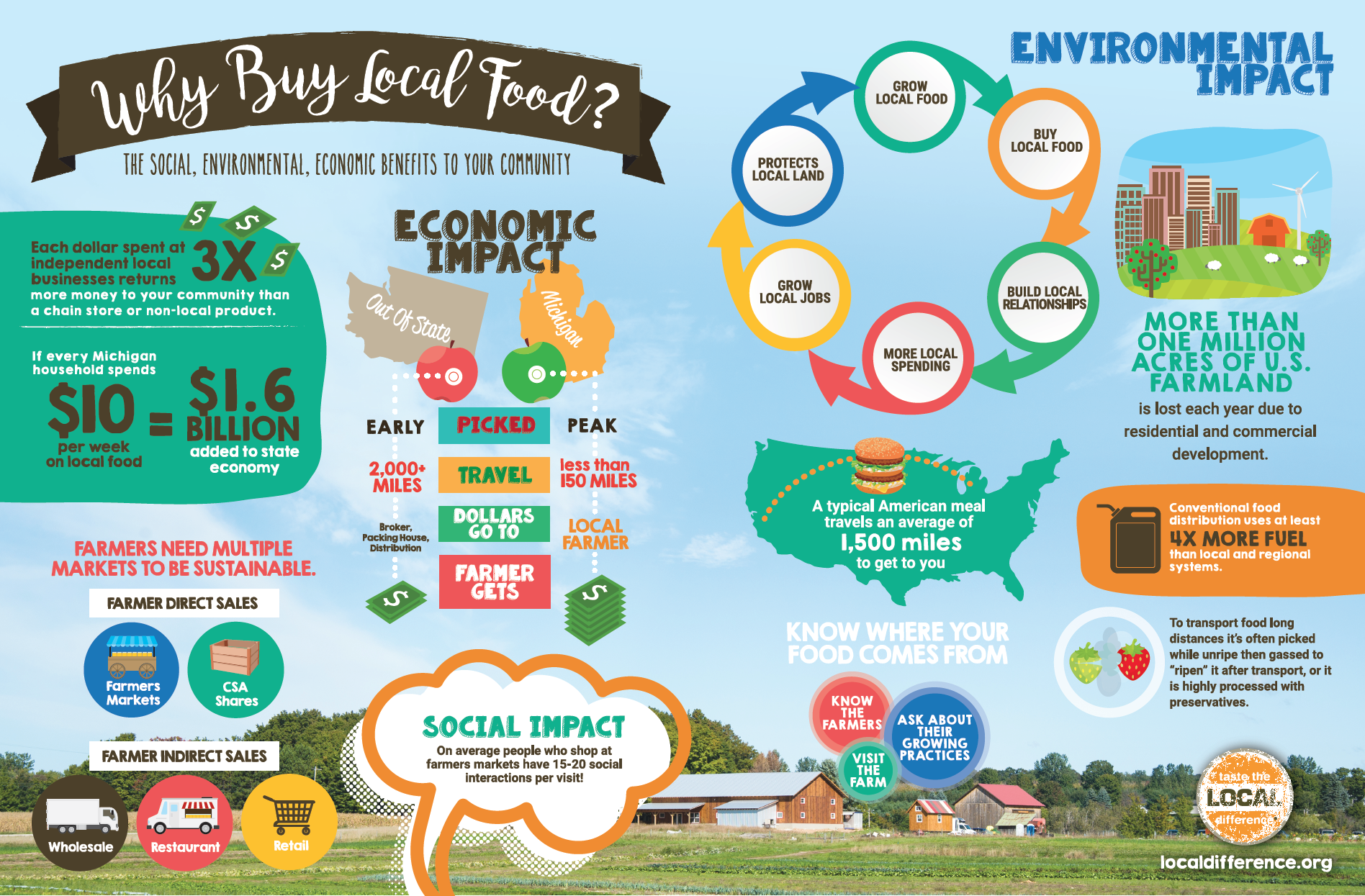
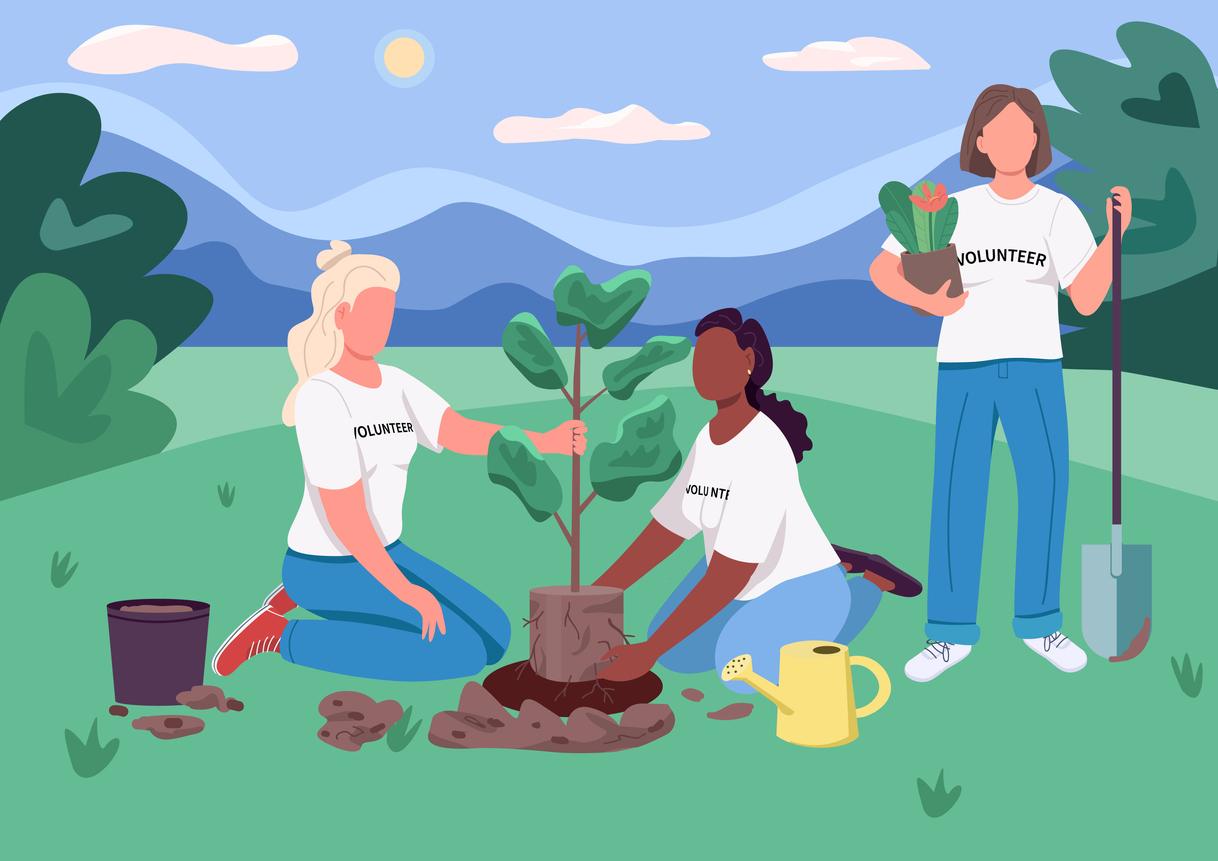
 However when men have identities like race, socioeconomic status, and location that are outside of the normal western patriarchal heteronormativity identities they become susceptible to oppression. Such would be the case as men living in the Global South where our original example in Gerbara comes from. Since we know intersectionality praxis can be applied globally when trying to end oppressive systems like patriarchy, its place in the conversation on disempowerment and thus environmental degradation.
However when men have identities like race, socioeconomic status, and location that are outside of the normal western patriarchal heteronormativity identities they become susceptible to oppression. Such would be the case as men living in the Global South where our original example in Gerbara comes from. Since we know intersectionality praxis can be applied globally when trying to end oppressive systems like patriarchy, its place in the conversation on disempowerment and thus environmental degradation. 
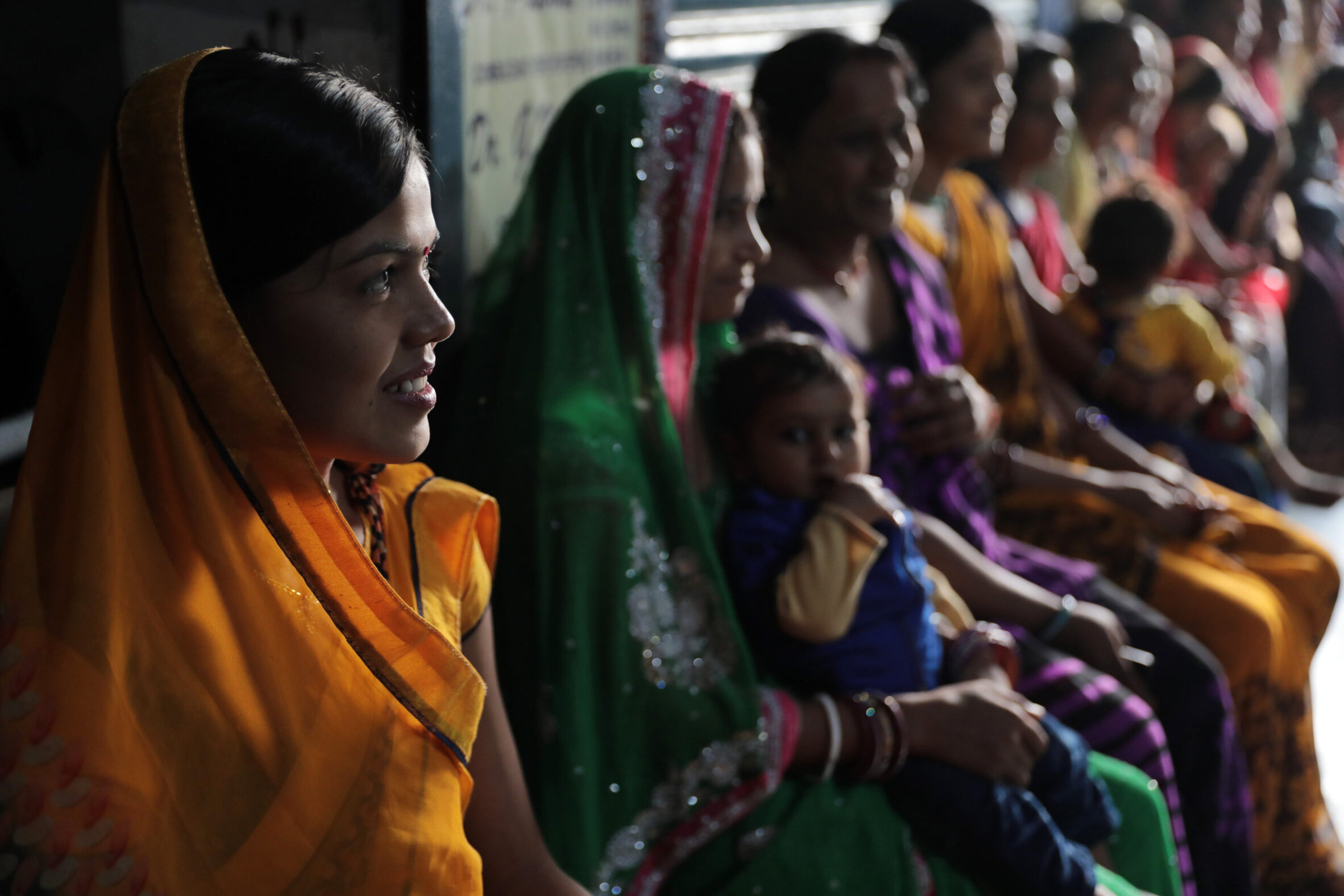
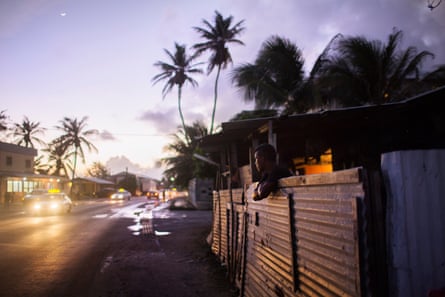 Another key indicator to strong state environmentalism lies in the population of the state. Mass migration (20,000) is a state environmental issue for RMI, the impact of a worsen climate ecosystem, caused by the unstable conditions of the RMI. Heines’ top priority as president involves stabilization of the state which would lead to greater gender equality among its constituents as we know that women will be hit with the hardest impacts of the harsh effects of the climate crisis in RMI. Heiene’s has used her big platform to advocate for the people of the Global South that face the effects of environmental degradation far more than those living in the Global South while contributing significantly less.
Another key indicator to strong state environmentalism lies in the population of the state. Mass migration (20,000) is a state environmental issue for RMI, the impact of a worsen climate ecosystem, caused by the unstable conditions of the RMI. Heines’ top priority as president involves stabilization of the state which would lead to greater gender equality among its constituents as we know that women will be hit with the hardest impacts of the harsh effects of the climate crisis in RMI. Heiene’s has used her big platform to advocate for the people of the Global South that face the effects of environmental degradation far more than those living in the Global South while contributing significantly less.
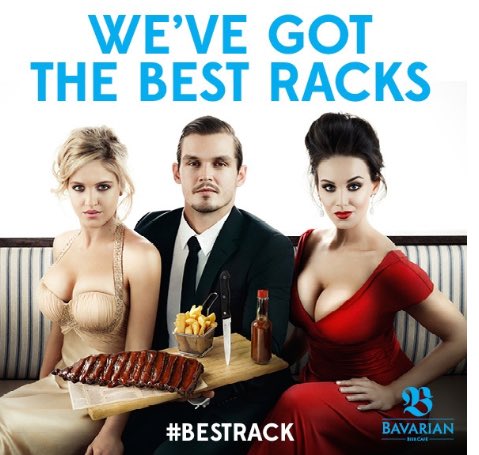 to camera, they are outfitted in dresses that show their cleavage. Also the word “racks” has several connotations, one meaning referring to a cut of meat and the other to parts of a woman’s body. I make a note on the placement of both of these images because the women are both looking straight to the camera but their bodies are gravitating towards the rack of meat on the table situated beneath them.
to camera, they are outfitted in dresses that show their cleavage. Also the word “racks” has several connotations, one meaning referring to a cut of meat and the other to parts of a woman’s body. I make a note on the placement of both of these images because the women are both looking straight to the camera but their bodies are gravitating towards the rack of meat on the table situated beneath them.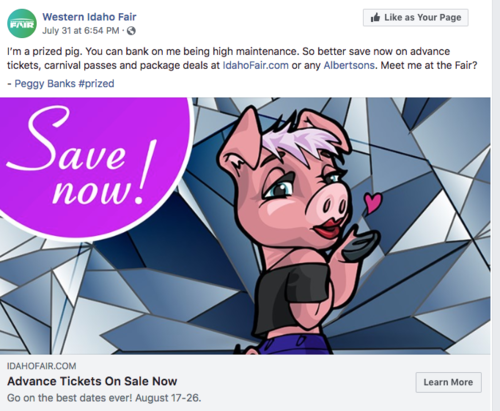
 This was one of the images this week that while filtering through the slideshow my mouth fell open in shock. It is peak objectification and extremely dehumanizing to women. I’m reminded of the point that Adams was making around page 7 about dehumanization as a tactic “ when a group is deemed not human, oppressors have several options for establishing just who they see them as” (Adams, 7). About women first needing to be seen as human to not be objects of the male gaze. But this meme would suggest through sexually charged comparison that women can be served up like we do meat. All of this is based on a hierarchy of species, that is outlined from most powerful to to least.
This was one of the images this week that while filtering through the slideshow my mouth fell open in shock. It is peak objectification and extremely dehumanizing to women. I’m reminded of the point that Adams was making around page 7 about dehumanization as a tactic “ when a group is deemed not human, oppressors have several options for establishing just who they see them as” (Adams, 7). About women first needing to be seen as human to not be objects of the male gaze. But this meme would suggest through sexually charged comparison that women can be served up like we do meat. All of this is based on a hierarchy of species, that is outlined from most powerful to to least. This particular image jumped out at me because it clearly is not only sexualizing women but adds another layer of manipulation because it implies that women are inherently more dishonest than men and/or lying to men about their needs with to cis gendered men. Also as far as imagery goes the biggest thing in this photo is the food. This is also a more current marketing as far as some of the other photos we looked at go. This idea that food marketing that centers the objectification of marketing will have very similar points to it because, “
This particular image jumped out at me because it clearly is not only sexualizing women but adds another layer of manipulation because it implies that women are inherently more dishonest than men and/or lying to men about their needs with to cis gendered men. Also as far as imagery goes the biggest thing in this photo is the food. This is also a more current marketing as far as some of the other photos we looked at go. This idea that food marketing that centers the objectification of marketing will have very similar points to it because, “

 vacations and work trips to places that are also classified as towns in cities. While my time in Massachusetts has really informed my disposition in this world. It isn’t my place, I took a trip to Los Angeles in April of 2022 and it changed my life. The revelations that I came to greatly shifted my world. What resonated with me on this trip was that my professional career had truly taken over my life. I was living to work.
vacations and work trips to places that are also classified as towns in cities. While my time in Massachusetts has really informed my disposition in this world. It isn’t my place, I took a trip to Los Angeles in April of 2022 and it changed my life. The revelations that I came to greatly shifted my world. What resonated with me on this trip was that my professional career had truly taken over my life. I was living to work.